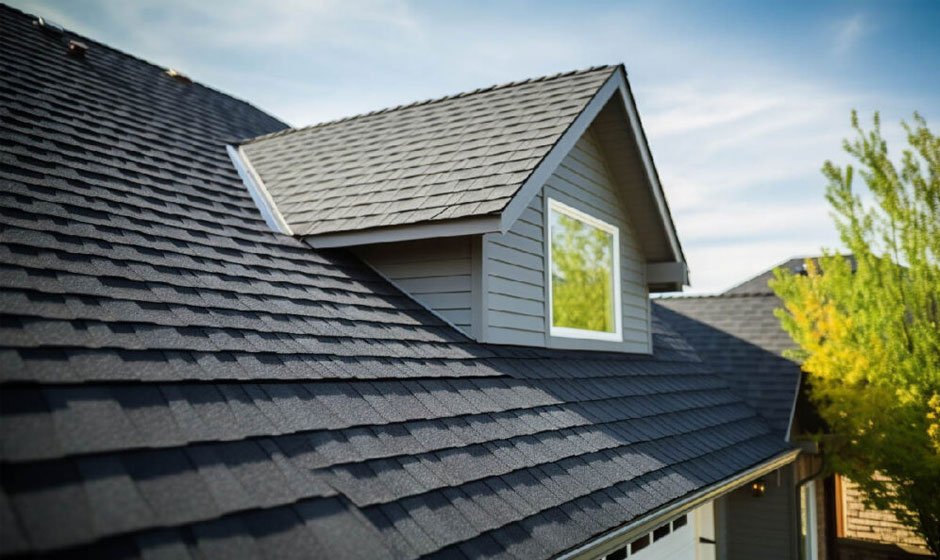When it comes to protecting your home’s most valuable asset, you want to make sure you choose a roofing partner as dedicated to excellence as you are to your property. A roof isn’t just about keeping rain out – it’s the line of defense that shields all you’ve worked to build underneath from the elements. Neglect causes damage that is both costly to repair and painful to prevent.
This comprehensive guide covers everything you need to know to identify issues before they emerge, find an expert roofing team you can trust, understand the different types and features of modern roofing options, decide when replacement is necessary, and ensure your new roof stands the test of time with proper maintenance.
Roofing Care Explained: Step-by-Step Guide
Whether you’re a first-time homeowner or have owned multiple properties, taking care of your roof can seem daunting. However, by breaking the process down into manageable steps and knowing what to look for, you can ensure your roof stays in top condition for years to come.
Step 1: Regular Inspection
The first step towards maintaining a healthy roof is regularly inspecting it for issues. This should be done at least twice a year, ideally in the spring and fall. Look for signs of damage such as missing or cracked shingles, water stains on walls or ceilings, and rusted flashing. It’s also important to check for debris or buildup on the roof, as this can cause damage if left unchecked.
Step 2: Address Any Issues Immediately
If you notice any problems during your inspection, don’t wait to address them. Minor issues can quickly become significant damages, leading to costly repairs or a complete roof replacement. Contact a reputable roofing professional and get the problem fixed as soon as possible.
Step 3: Choose the Right Roofing Partner
Finding trusted and experienced professional roofers is crucial in ensuring your roof receives proper care. Look for companies with good reviews, certifications, and warranties for their work. Don’t be afraid to ask questions and get multiple quotes before deciding.
Step 4: Understand Your Roofing Options
Many types of roofing materials are available, each with its own strengths and weaknesses. Some standard options include asphalt shingles, metal roofing, and clay tiles. Understanding the features and benefits of each type can help you make an informed decision when it comes time for replacement.
Step 5: Know When It’s Time for Replacement
Even with proper maintenance, your roof will eventually end its lifespan. Signs that it may be time for a replacement include excessive leaking, significant damage or wear and tear, and an overall aged appearance. Consult with a roofing professional to determine if repair or replacement is the best option for your home.
Step 6: Maintain Your New Roof
Once you have a new roof installed, it’s essential to continue regular maintenance. This includes cleaning gutters, removing debris from the roof, and scheduling periodic inspections. Keeping up with maintenance can extend the life of your roof and save you from costly repairs in the future.
Step 7: Protect Your Investment
Your roof is a significant investment that plays a crucial role in protecting your home. By following these steps and staying proactive about maintenance, you can ensure your roof remains in excellent condition for years to come. Remember, prevention is key to maintaining the integrity of your roof.
Roof Upgrade: Tell-Tale Signs for Roof Repair or Replacement
Understanding when to repair or replace your roof can be a complex decision that impacts both the functionality and aesthetic of your home. It’s essential to recognize the signs that indicate your roof may need attention. Acting swiftly on these signs protects your house and can prevent minor issues from escalating into more significant, costly problems. Below are tell-tale signs to help you determine whether it’s time for a roof repair or replacement.
Age of Your Roof
A roof’s lifespan depends largely on the material it’s made of. For instance, asphalt shingle roofs can last between 20 and 25 years, while metal roofs can last upwards of 50 years. If your roof is nearing the end of its expected lifespan, it may be time to consider a replacement.
Missing or Damaged Shingles
Missing, cracked, or curled shingles clearly indicate that your roof may fail. These conditions allow water to penetrate, making your home vulnerable to leaks and water damage.
Moss and Algae Growth
While moss and algae on your roof may not immediately signal structural issues, their presence can lead to moisture problems and degrade roofing materials. If left untreated, this can compromise the integrity of your roof.
Sagging Roof Deck
A sagging roof is a serious issue that often indicates structural problems. It can be caused by long-term exposure to excess moisture or the weight of snow and ice. A sagging roof should be addressed immediately to prevent potential collapse.
Leaks and Water Damage
Leaks or water stains on your ceiling and walls indicate that your roof may need repairs or a complete replacement. Persistent leaks can lead to mold growth and structural damage within your home.
High Energy Bills
Increasing your energy bills could indicate that your roof no longer provides sufficient insulation. Poor roof insulation forces your heating and cooling systems to work harder, increasing energy consumption.
Granule Loss on Asphalt Shingles
Over time, asphalt shingles may lose their granules, which can accumulate in your gutters. This granule loss can decrease the shingles’ effectiveness against rain and hail, reducing their lifespan and protective abilities. It’s an often overlooked sign that your roof may need attention.
Visible Light in the Attic
If you can see daylight through your roof when you’re in the attic, it clearly indicates gaps or holes in your roof. These openings can allow water and pests into your home, leading to further damage. Prompt repair or replacement can avoid more extensive and costly repairs.
Increased Cooling or Heating Times
If it takes longer to cool or heat your home, it could mean that your roof’s ventilation system is compromised. Proper roof ventilation is crucial for maintaining an optimal temperature within your home and preventing moisture accumulation that can lead to mold growth.
FAQ
What is the most important step in shingle maintenance?
The most important step in shingle maintenance is regular inspections. This allows you to identify any issues early on and address them before they become major problems.
How often should I have my roof inspected?
Having your roof professionally inspected at least once a year is recommended, ideally in the spring or fall. However, if you notice any signs of damage or wear and tear, it’s important to have an inspection done as soon as possible.
How long does a roof replacement typically take?
The timeline for a roof replacement can vary depending on the size of your home and the type of roofing material. On average, it takes around 1-3 days for a roof replacement to be completed.
What should I do if I notice a leak in my roof?
If you notice a leak, it’s essential to contact a roofing professional immediately. They can assess the situation and determine the best action to prevent further damage. It’s also recommended to temporarily cover the area with a tarp or plastic sheeting until repairs can be made. Overall, early detection and prompt action are essential to maintaining the health and longevity of your roof.
Conclusion
In conclusion, your roof is a crucial home component and should be well-maintained to protect your investment. Regular inspections, prompt repairs, and necessary replacements are essential for adequately functioning your roof. By understanding the signs for repair or replacement, you can ensure that your roof remains in excellent condition for years to come. Remember, prevention is key to maintaining a strong and durable roof.






